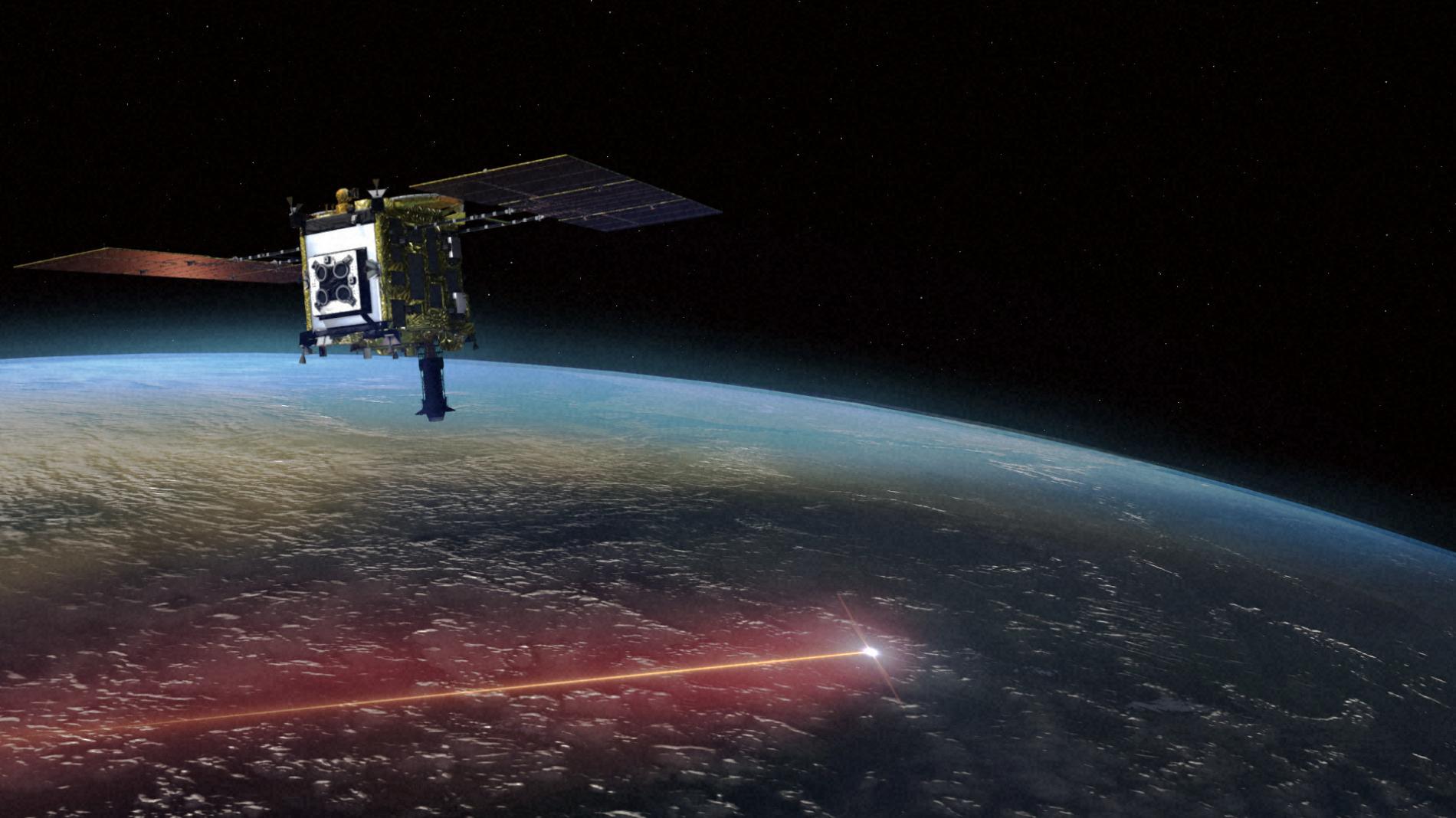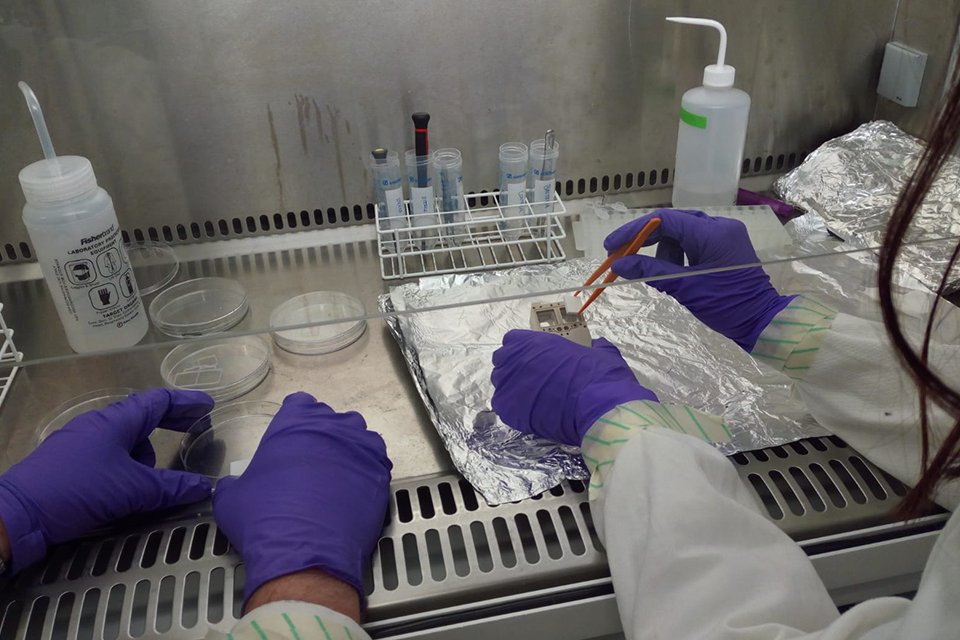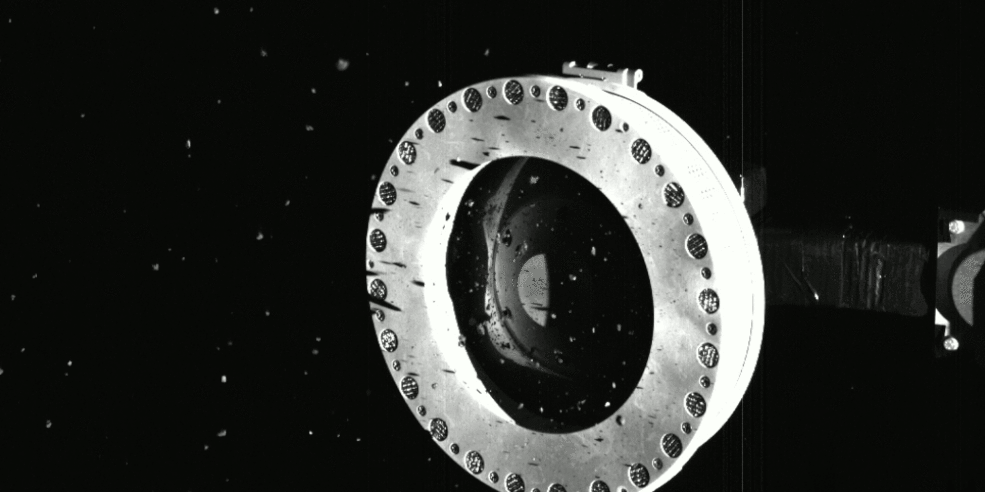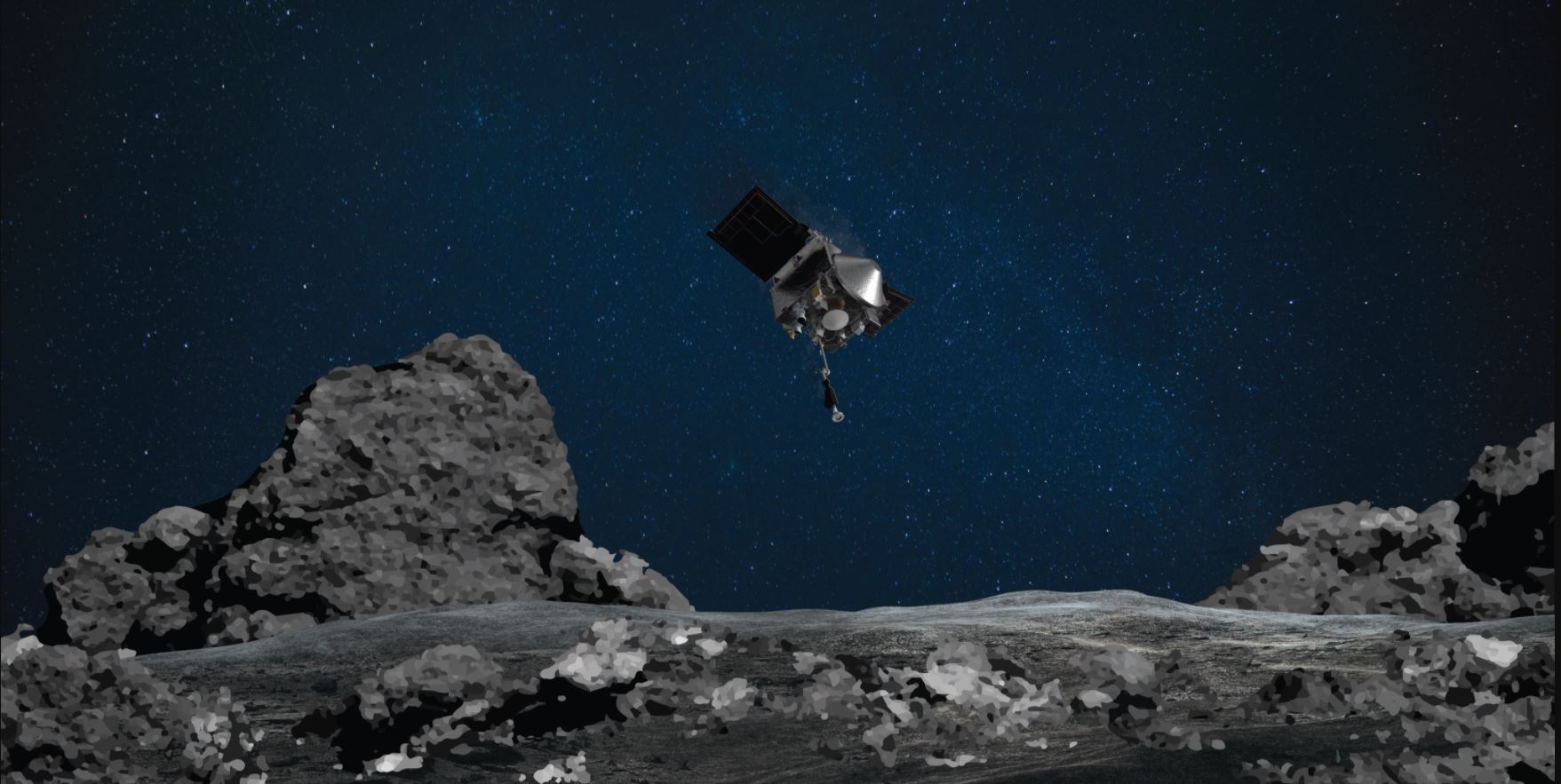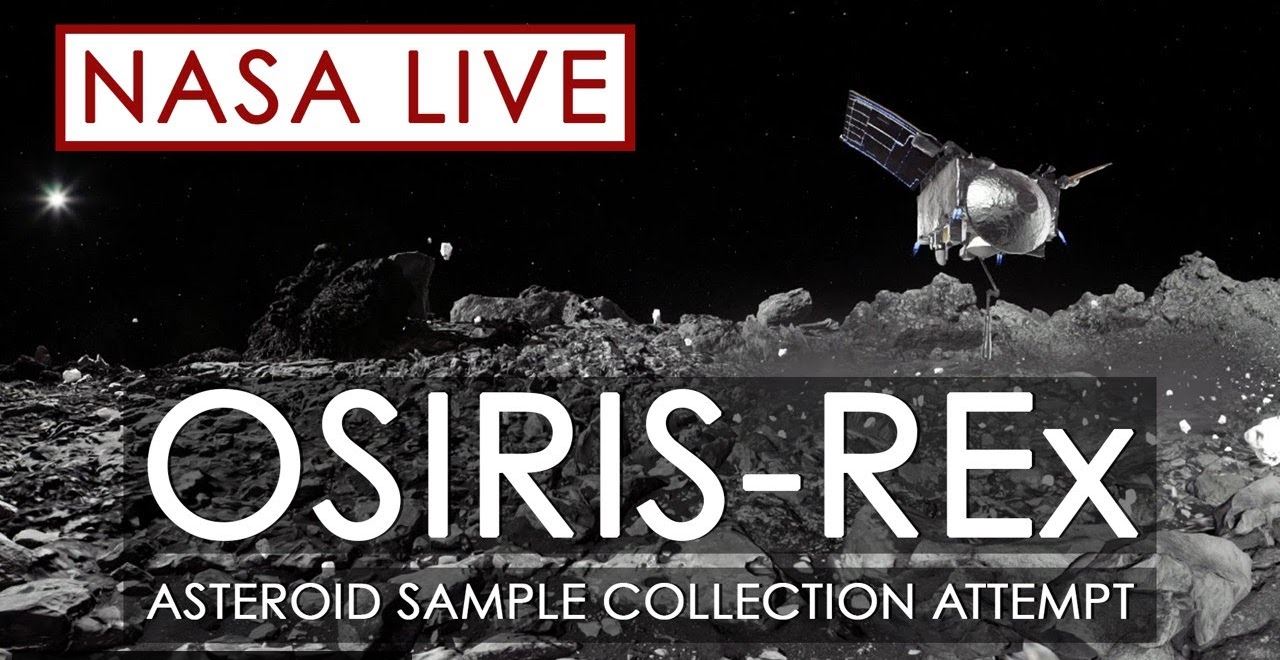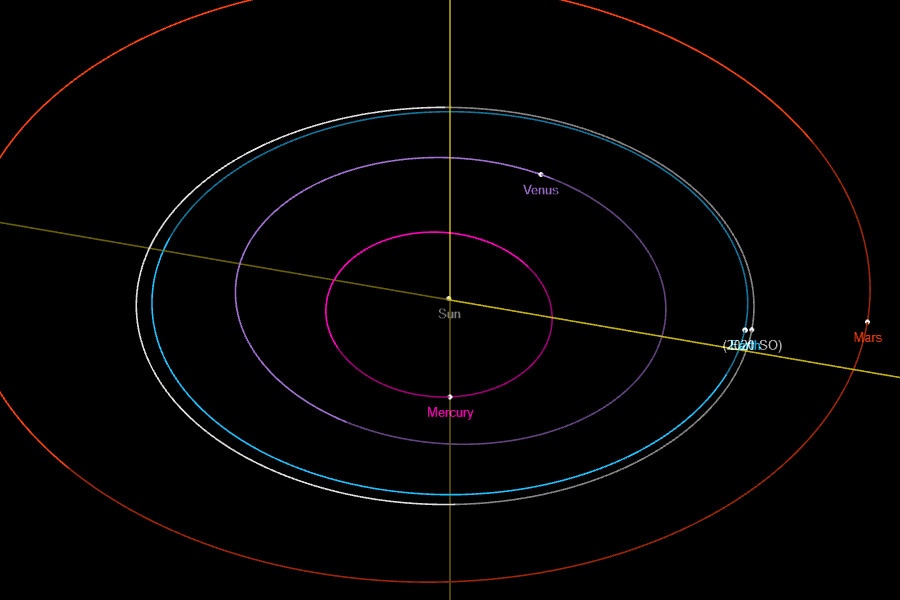On December 5th, 2020, the Japanese Aerospace Exploration Agency’s (JAXA) Hayabusa 2 mission sent a sample capsule home containing debris from the near-Earth asteroid (NEA) 162173 Ryugu. This was the culmination of the probe’s first six years in space, which launched in Dec. 2014 and rendezvoused with Ryugu in June 2018. While the probe sets its sights on its new targets, scientists will be busy analyzing the Ryugu sample.
One thing they noticed immediately after opening the shell on Monday (Dec. 21st) was the black sandy dust that lined the capsule’s outer shell. According to a statement issued by JAXA, the black sand is material taken from the surface of Ryugu. Considering what’s inside sample chamber A, it appears that the amount of material obtained by Hayabusa 2 is more substantial than previously thought.
Continue reading “Even the Outside of Hayabusa 2’s Sample Capsule has Asteroid Debris on it”
